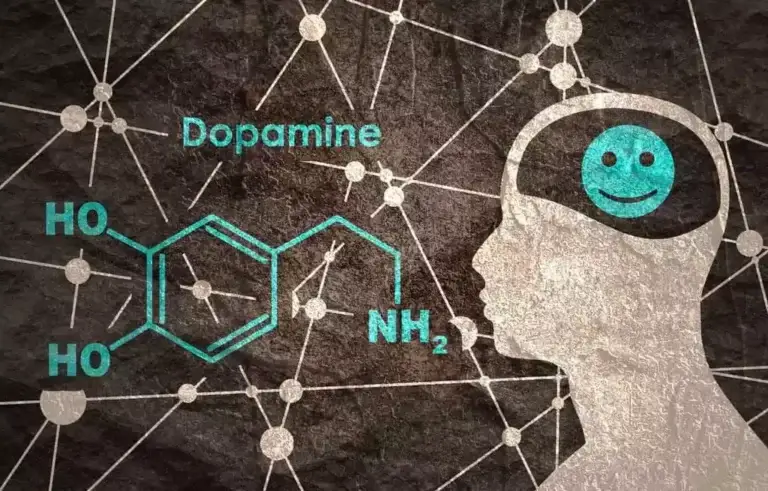
Recognizing the disparity between thoughts or actions is what causes dissonance — and makes you feel the need to return to harmony. The intensity of the discomfort that comes from cognitive dissonance depends somewhat on personality. People who are flexible enough to adjust their thoughts or live with “gray areas” may not have a strong response when they notice the discrepancies. “Some people may experience it more intensely or frequently if they have a high need for consistency in their lives,” Dr. Leikam says. And recognizing and addressing those negative thoughts or emotions is important. Just as theories describe how familiar others are liked, perhaps because easily understood, other theories emphasize dislike of dissimilar others, as in theories of stigma offered separately by Goffman, Jones, and Katz.
Supporting fast fashion
We human beings naturally seek harmony between our thoughts, values, and actions. Cognitive dissonance theory explains the mental unease and emotional discomfort that arise when this harmony is disrupted, leading us to strive for internal consistency and alignment. However, this mode of dissonance reduction frequently presents problems for people, as it is often difficult for people to change well-learned behavioral responses https://ecosoberhouse.com/ (e.g., giving up smoking). The theory of cognitive dissonance has been widely researched in a number of situations to develop the basic idea in more detail, and various factors have been identified which may be important in attitude change. Cognitive dissonance refers to a situation involving conflicting attitudes, beliefs, or behaviors. There’s a certain kind of confidence that comes with being grounded in your beliefs.
- Festinger realized that we are made uneasy if we our sense of consistency or congruency is challenged.
- The stronger the discrepancy between thoughts, the greater the motivation to reduce it (Festinger, 1957).
- This approach can make spending more on premium pet food appear less of an issue, thereby reducing the sense of dissonance.
Health Categories to Explore
Cooper and Axsom report research using experimental designs with college students interested in weight control that reveal support for this dissonance explanation of therapeutic outcome. Only participants in a condition involving high dissonance (expenditure of effort via exercise and choice in this type of effort) showed weight improvement relative to comparison conditions involving different approaches to weight control. Commitment is an important determinant both of cognitive dissonance and of self-perception (see earlier discussion of Bem’s 1972 conception). As an illustration, a friend may suggest to a person that it would be helpful if the person helps with the political campaign of a candidate in a local election. The person may make a commitment to engage in the campaigning despite having previously not liked the candidate that much.

Social pressures
- From this came Schachter’s subsequent arousal-cognition theory of emotion, positing that unexplained physiological arousal elicits cognitive labels from the social context.
- The motivation phase focused on the motivational nature of dissonance to reduce the psychological discomfort.
- Customers may experience discomfort if they perceive a gap between their expectations and the actual product or service received.
- The degree to which your target audience experiences cognitive dissonance depends on several factors.
- Being more mindful and recognizing when you’re experiencing cognitive dissonance can motivate you to change whatever is not consistent in your life.
Discrepancy between an attitude and a behavior – eating a doughnut while thinking of reducing calorie intake – leads to psychological discomfort called cognitive dissonance (Harmon-Jones, 2019). To resolve cognitive dissonance, a person can aim to ensure that their actions are consistent with their values or vice versa. However, cognitive dissonance can also be a tool for personal and social change. Drawing a person’s attention to the dissonance between their behavior and their values may increase their awareness of the inconsistency and empower them to act.
- Cognitive dissonance occurs when a person’s behavior and beliefs do not complement each other or when they hold two contradictory beliefs.
- Cognitive dissonance can feel a lot like anxiety and stress — and they often come paired together.
- After all, participants who had told a lie for $20 felt that they could justify the lie because they were paid relatively well (in other words, receiving the large sum of money reduced their feelings of dissonance).
- When people are first recruited they are often flattered or “love-bombed” and made to feel loved and special.
Control of: behavior, information, thought, emotion
To reduce this dissonance, we are motivated to try to think that the task turned out well. For example, when people smoke (behavior) and they know that smoking causes cancer (cognition), they are in a state of cognitive dissonance. There are plenty of sources, mostly scientific articles and books, that provide a wide overview of the literature on cognitive dissonance. After about a half century cognitive dissonance theory of the development of the theory, several authors have published condensed works and state-of-the-art pieces concerning the topic, but they often suggest a partially deviant point of view. Aronson 1992 and Brehm 2007, written by two of Festinger’s historical students, offer historical anecdotic information as well as keystones to understand the phenomenon of cognitive dissonance.
Download 3 Free Positive Psychology Tools Pack (PDF)

Businesses should align their messaging with the target audience’s values, ensuring the product or service appears as a natural fit within the consumer’s existing framework of beliefs. This alignment reduces the likelihood of dissonance and enhances the effectiveness of marketing efforts. Crafting persuasive marketing messages that resonate with consumers’ existing beliefs can help reduce cognitive dissonance. Cognitive dissonance can impact actions and decision-making at various levels of engagement. Here are a few examples of how cognitive dissonance can affect our everyday lives. The degree to which your target audience experiences cognitive dissonance depends on several factors.

